Table of Contents
Introduction
When you're out of cayenne pepper, the best substitutes depend on your recipe's heat needs. According to the USDA Food Database and culinary experts, cayenne pepper has a Scoville rating of 30,000-50,000 units. Here's a quick comparison of the top 7 substitutes with exact heat levels and usage ratios to keep your dishes perfectly spiced.
| Substitute | Heat Level (Scoville Units) | Substitution Ratio | Best Use Cases | Flavor Notes |
|---|---|---|---|---|
| Red Pepper Flakes | 30,000-50,000 | 1:1 | Pizza, pasta, sauces | Coarse texture, similar heat to cayenne |
| Hot Paprika | 500-1,000 | 2:1 | Grilled meats, soups, cocktails | Milder heat, adds vibrant color |
| Habanero Pepper | 100,000-350,000 | 1:3 to 1:5 | Salsas, chutneys, spicy dips | Citrusy flavor, very hot |
| Tabasco Sauce | 2,500-5,000 | 1:1 (liquid) | Toppings, marinades, cocktails | Tangy, vinegar-based |
| Chili Powder | 1,000-2,000 | 2:1 | Chili, stews, curries | Complex flavor with cumin and spices |
| Ghost Pepper | 855,000-1,463,000 | 1:10 to 1:20 | Spicy challenges, hot sauce making | Extremely hot, smoky flavor |
For precise substitutions, always start with less and adjust to taste. Heat levels can vary by brand and batch, so professional chefs recommend tasting as you go.
Why Cayenne Matters in Cooking
Cayenne pepper provides a unique balance of heat and subtle sweetness that enhances dishes across cuisines. According to the Culinary Institute of America, its versatility makes it essential for everything from Mexican salsas to Indian curries. The key is understanding how substitutes affect both heat intensity and flavor profile.
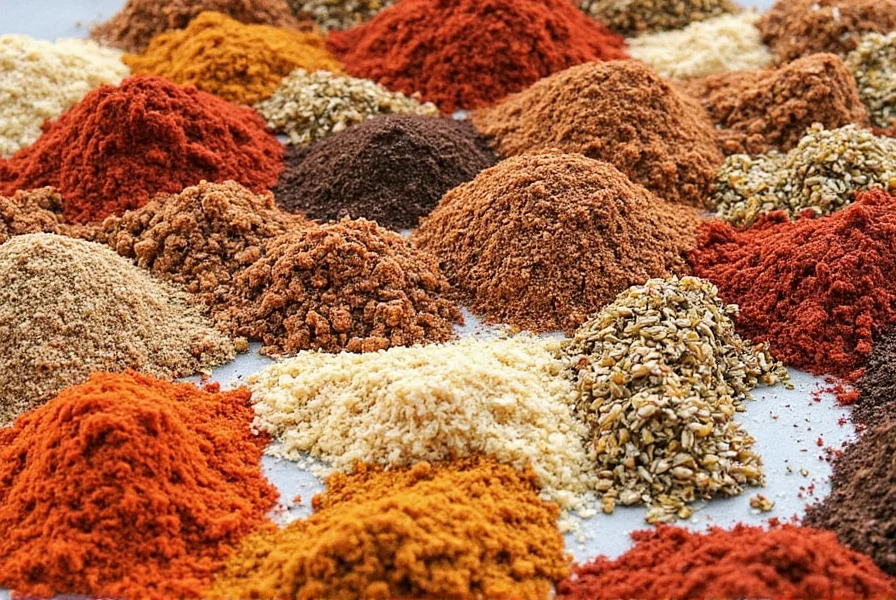
Common Cayenne Substitutes
See the detailed comparison table above for quick reference. Below are key insights for each substitute:
Red Pepper Flakes
These are often made from crushed cayenne peppers themselves, making them the closest direct substitute. They maintain the same heat profile (30,000-50,000 Scoville units) but have a coarser texture. Ideal for adding crunch to pizza or pasta dishes.
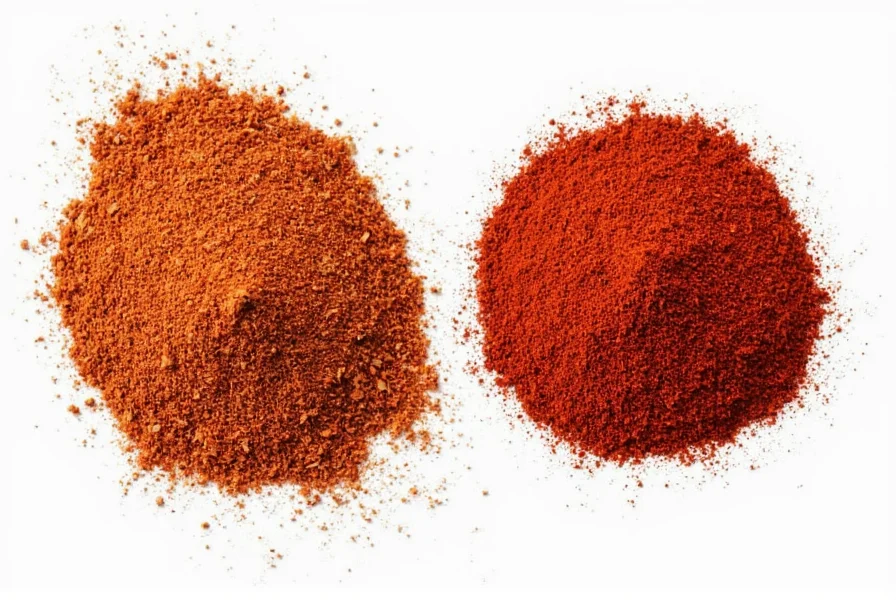
Paprika
Hot paprika is the best option for cayenne substitution. It provides vibrant color but significantly less heat (500-1,000 Scoville units). Use twice as much as cayenne for equivalent heat. Perfect for rubs on grilled meats where color matters as much as spice.
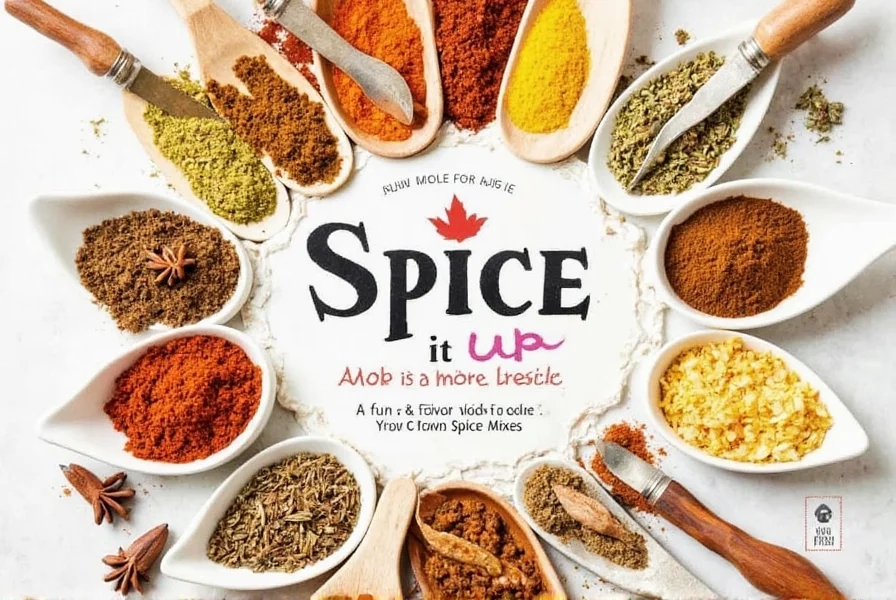
Habanero Pepper
With 100,000-350,000 Scoville units, habanero is 3-7x hotter than cayenne. Its citrusy flavor works well in salsas but requires careful measurement. Start with 1/3 the amount of cayenne and adjust gradually.
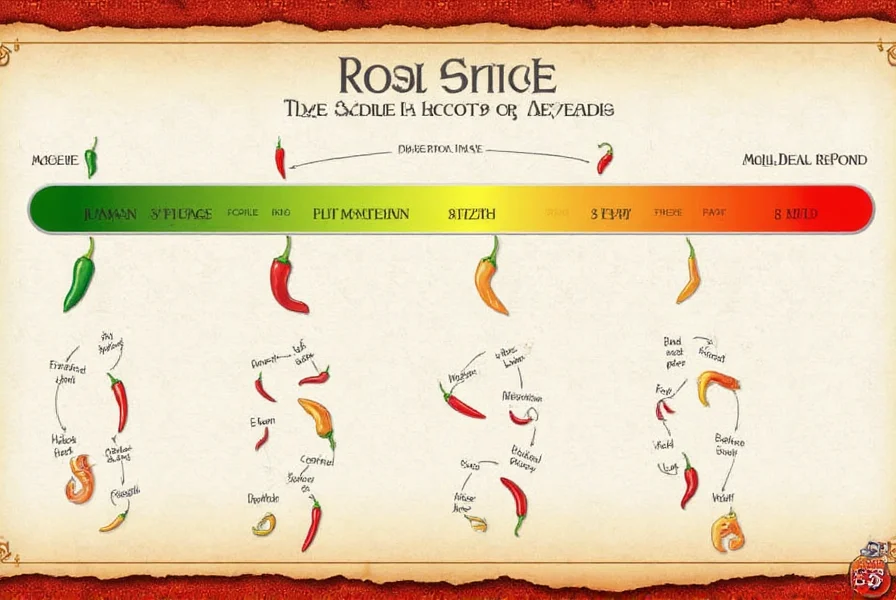
Tabasco Sauce
Tabasco sauce (2,500-5,000 Scoville units) is much milder than cayenne. It adds tangy vinegar notes rather than pure heat. Use equal volume for liquid recipes but reduce other liquids in the dish to compensate.
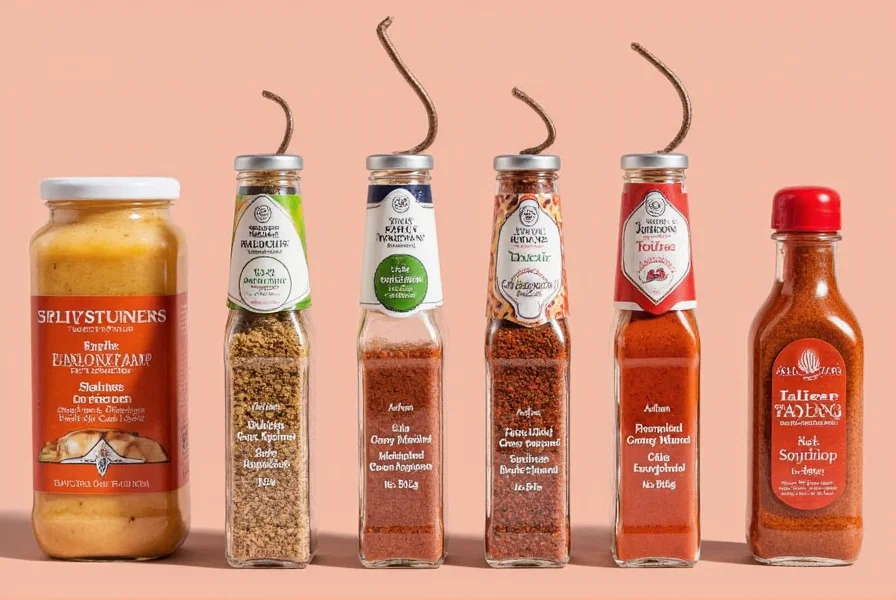
Chili Powder
Chili powder blends contain cumin, garlic, and other spices, making it less pure in heat (1,000-2,000 Scoville units). Use twice as much as cayenne for similar spice level, but expect additional flavor complexity.
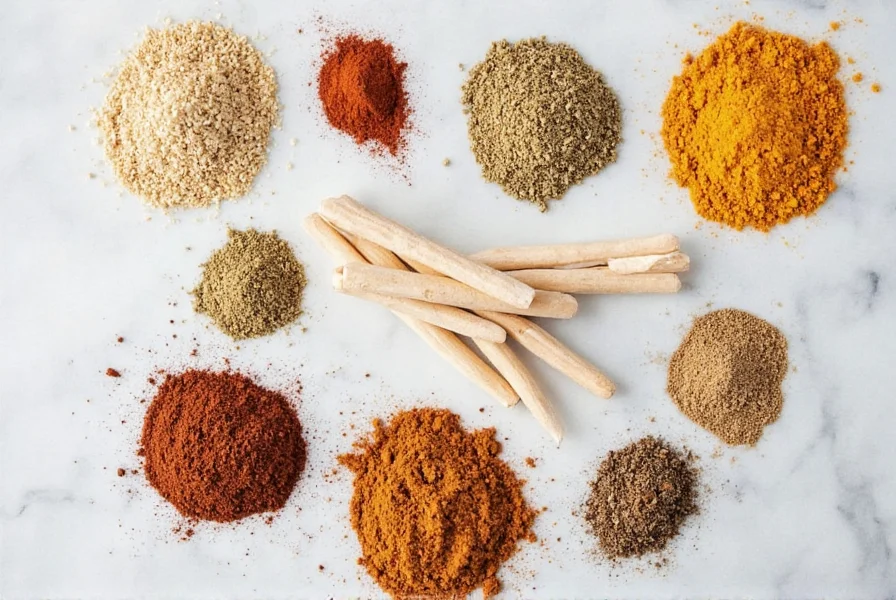
Ghost Pepper
At 855,000-1,463,000 Scoville units, ghost pepper is 25-50x hotter than cayenne. Use extreme caution: 1/10 to 1/20 the amount of cayenne. Best for experienced cooks creating hot sauces or specialty dishes.
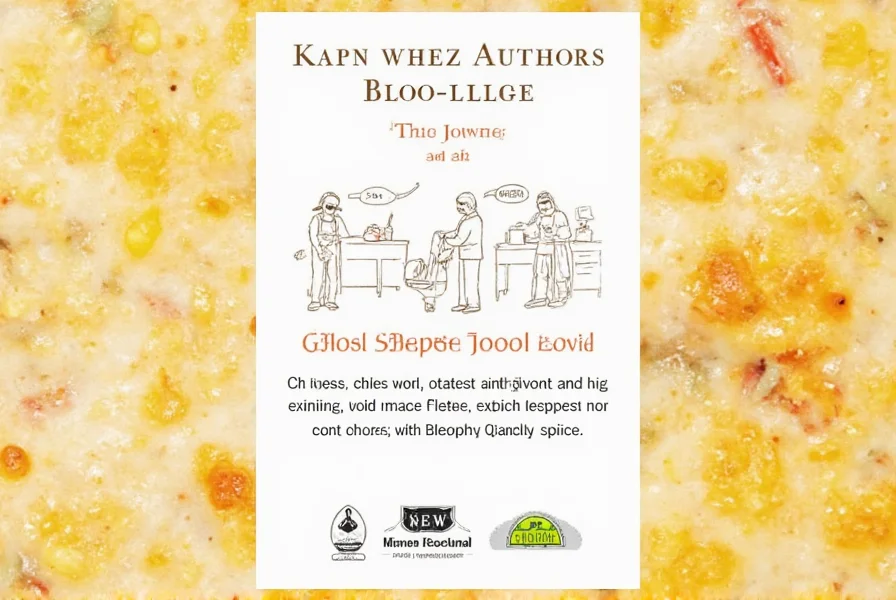
Practical Tips for Using Cayenne Substitutes
- Start small: Always begin with 50% of the recommended substitution ratio and taste before adding more. Heat perception varies by individual.
- Consider dish type: For dry rubs, use powdered substitutes like paprika or chili powder. For sauces, liquid options like Tabasco work best.
- Balance flavors: If using hotter substitutes like habanero, add a pinch of sugar or acid (like lime juice) to balance the heat.
- Storage matters: Store all substitutes in airtight containers away from light. Dried peppers lose potency after 2 years, while hot sauces last 6 months after opening.

Buying Guide for Cayenne Substitutes
When purchasing substitutes, prioritize freshness and purity:
Red Pepper Flakes
Features: Coarse texture, moderate heat, easy to find.
Advantages: Versatile for dry applications, maintains authentic cayenne heat.
Use Cases: Pizza toppings, pasta sauces, dry rubs.
Buying Tip: Look for brands specifying "made from cayenne peppers" for closest match.
Paprika
Features: Sweet or hot varieties available, mild to medium heat.
Advantages: Adds vibrant color without overwhelming heat.
Use Cases: Rubs for meats, soups, Bloody Mary cocktails.
Buying Tip: Choose "hot paprika" specifically, not sweet or smoked varieties.
Habanero Pepper
Features: High heat, citrusy flavor, available fresh or dried.
Advantages: Distinctive flavor profile for specialty dishes.
Use Cases: Salsas, hot sauces, Caribbean-style dishes.
Buying Tip: For dried habanero, check the Scoville rating on packaging to ensure consistency.
Tabasco Sauce
Features: Liquid form, consistent heat, tangy flavor.
Advantages: Easy to measure and incorporate into liquids.
Use Cases: Marinades, dressings, cocktail garnishes.
Buying Tip: Original Tabasco is gluten-free and maintains consistent heat (2,500-5,000 Scoville units).

Chili Powder
Features: Blend of spices, varies by brand, medium heat.
Advantages: Convenient all-in-one solution for complex flavors.
Use Cases: Chili con carne, stews, taco seasoning.
Buying Tip: Check ingredient lists to avoid added fillers like flour or sugar.
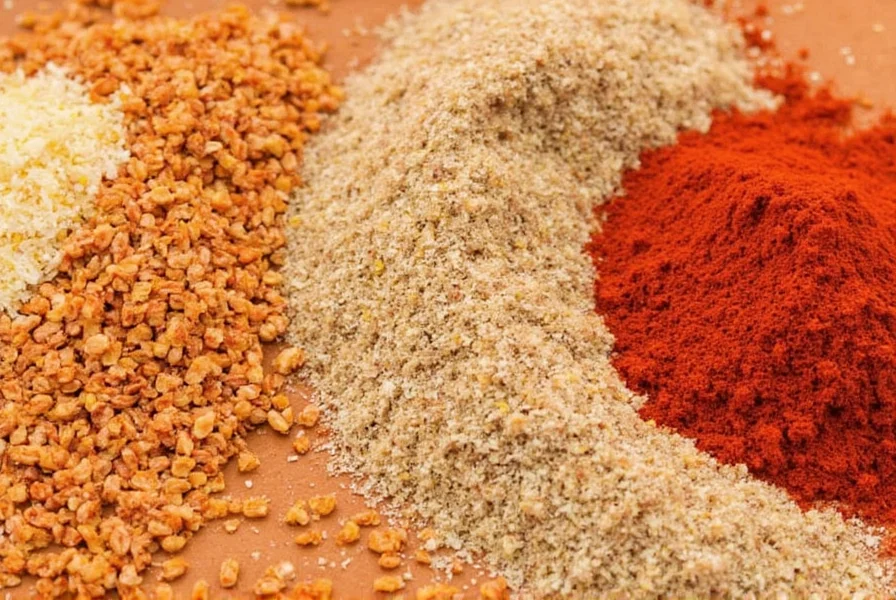
Ghost Pepper
Features: Extremely hot, smoky flavor, hard to find.
Advantages: For extreme heat enthusiasts and specialty applications.
Use Cases: Hot sauce challenges, competitive cooking.
Buying Tip: Purchase from reputable spice retailers with verified Scoville ratings. Always wear gloves when handling.
Frequently Asked Questions
What's the best direct substitute for cayenne pepper?
Red pepper flakes are the best direct substitute since they're typically made from cayenne peppers themselves. They maintain identical heat levels (30,000-50,000 Scoville units) and can be used in a 1:1 ratio. For finer texture, crush them in a spice grinder before use.
How much of a substitute should I use compared to cayenne?
Substitution ratios vary by ingredient based on Scoville heat units:
- Red pepper flakes: 1:1 ratio (1/4 tsp cayenne = 1/4 tsp flakes)
- Hot paprika: 2:1 ratio (1/4 tsp cayenne = 1/2 tsp paprika)
- Habanero pepper: 1:3 to 1:5 ratio (1/4 tsp cayenne = 1/12 to 1/20 tsp habanero)
- Tabasco sauce: 1:1 liquid ratio (1/4 tsp cayenne = 1/4 tsp sauce)
- Chili powder: 2:1 ratio (1/4 tsp cayenne = 1/2 tsp chili powder)
- Ghost pepper: 1:10 to 1:20 ratio (1/4 tsp cayenne = 1/10 to 1/20 tsp ghost pepper)
Always start with less and adjust to taste. Heat levels vary by brand and batch.
Can I make my own cayenne substitute?
Yes. Create a simple blend: 1 part hot paprika, 1/4 part black pepper, and a pinch of red pepper flakes. This mimics cayenne's heat (30,000-50,000 Scoville units) and color. For authenticity, add a tiny pinch of cumin or garlic powder depending on your recipe.
What's the difference between cayenne and chili powder?
Cayenne pepper is pure chili pepper powder (30,000-50,000 Scoville units). Chili powder is a blend of multiple peppers plus cumin, garlic, and oregano (1,000-2,000 Scoville units). When substituting, use twice as much chili powder but expect additional flavor complexity from the blend.
Which substitute is closest in heat level to cayenne?
Red pepper flakes are closest with identical Scoville ratings (30,000-50,000). Tabasco sauce is significantly milder (2,500-5,000), while habanero (100,000-350,000) and ghost pepper (855,000-1,463,000) are much hotter.
Can I substitute paprika for cayenne?
Yes, but only hot paprika works. Regular sweet paprika lacks sufficient heat. Use twice as much hot paprika (2:1 ratio) to match cayenne's heat. Paprika provides similar vibrant color but lacks cayenne's slight citrus notes. Ideal for dishes where appearance matters more than intense heat.
Are cayenne substitutes gluten-free?
Pure substitutes like red pepper flakes, paprika, habanero, and ghost pepper are naturally gluten-free. However, some chili powders or hot sauces may contain gluten as a thickener. Always check labels for gluten-free certification if needed. Original Tabasco sauce is gluten-free.
How long do cayenne substitutes last?
Dried substitutes maintain potency for:
- Red pepper flakes: 2-3 years
- Paprika: 2-3 years
- Dried chili powder: 2-3 years
- Dried habanero/ghost peppers: 1-2 years
- Hot sauces: 6 months after opening
Store in airtight containers away from heat and light. They lose potency when heat and color diminish upon tasting.
Conclusion
Spices are essential to creating flavorful dishes, and cayenne pepper's unique heat profile makes it irreplaceable in many recipes. When you run out, understanding substitute options with exact heat comparisons ensures your dishes remain perfectly spiced. According to the USDA Food Database, accurate substitution ratios prevent over-spicing while maintaining flavor integrity.
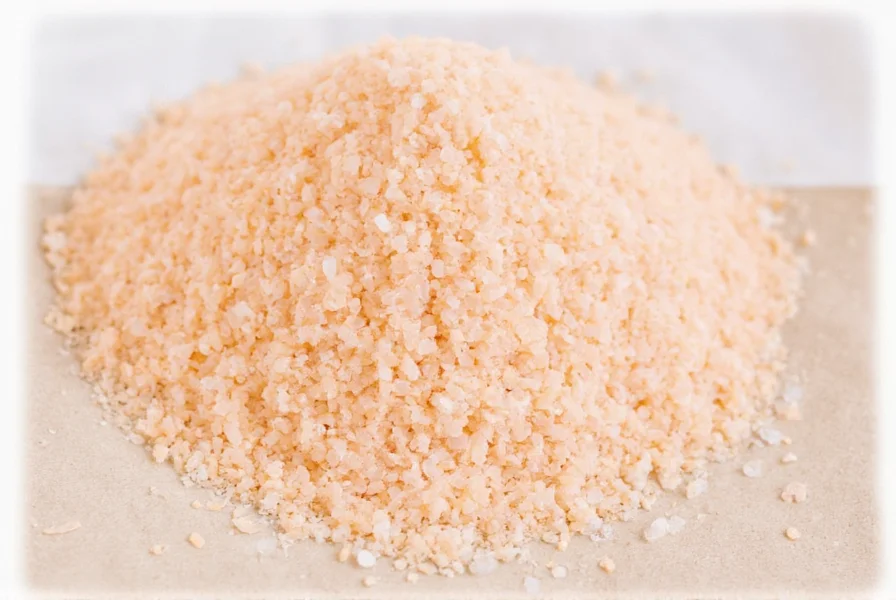
Professional chefs recommend always tasting as you go when substituting spices. With the right knowledge, you can confidently replace cayenne pepper in any recipe without compromising flavor or heat.

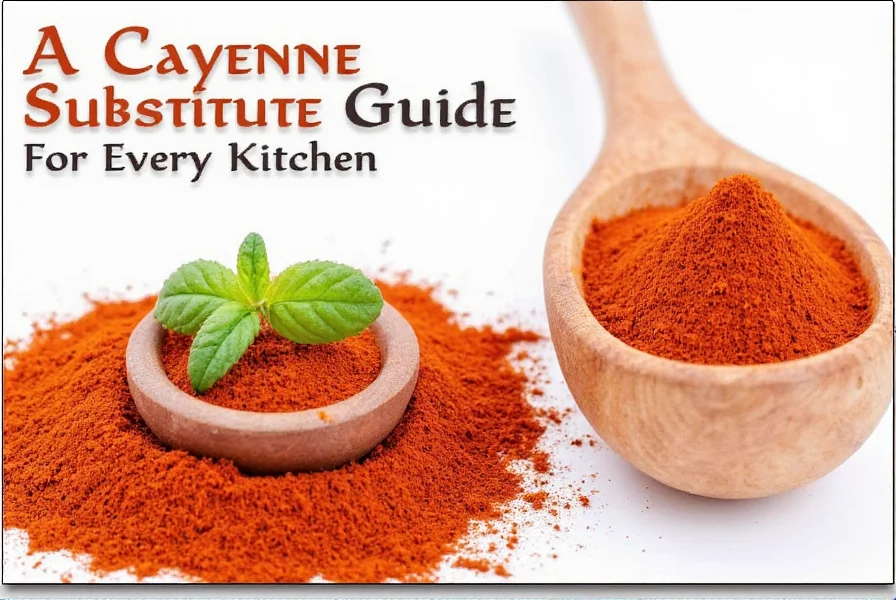









 浙公网安备
33010002000092号
浙公网安备
33010002000092号 浙B2-20120091-4
浙B2-20120091-4